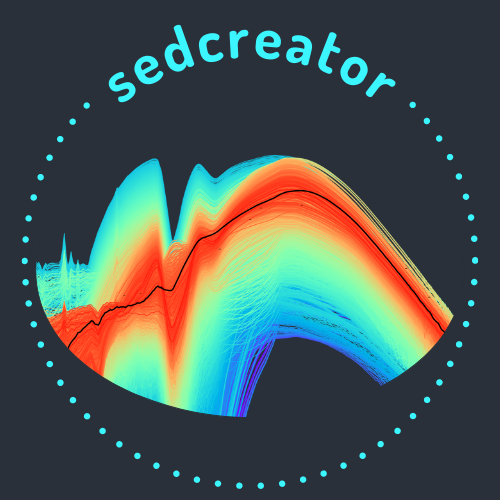PySnacks 7: sedcreator: the python package to build and fit spectral energy distributions
Online
PySnacks
Within the Severo Ochoa Training Initiative of the IAA-CSIC we are offering short introductory practical courses about Python packages for astrophysical applications (PySnacks). We invite you to participate in the 6h course PySnacks 7: sedcreator.
Abstract
Spectral Energy Distributions (SEDs) play a vital role in understanding the processes of star formation, especially in the context of massive protostars. The sedcreator Python package has been developed to streamline the construction and fitting of SEDs. This tool is developed in the context of massive star formation theories, particularly Core Accretion. It leverages data from the SOMA survey and the Zhang&Tan model grid, based on the Turbulent Core model, to provide a comprehensive approach to SED analysis. With this package, users can easily measure the flux on their selected object and fit these fluxes to a grid of models. This process allows for the estimation of critical physical properties associated with the forming protostar, such as the mass of the central protostar. The sedcreator package represents a significant step forward in the study of SEDs in the context of star formation and massive stars.
This package is twofold:
i) Measure the flux in any given astronomical image, from Spitzer, SOFIA, and Herschel which are the basis of the SOMA survey, to ALMA, or the space telescopes HST and JWST.
ii) Fit measured fluxes either using this tool or measured with your own tool to a grid of SED models focused on star formation. They can be used in tandem or separated, you choose.
The wavelength range covers from ~1μm to 3mm.
This course will be taught by Rubén Fedriani.
Content
- What is a Spectral Energy Distribution (SED)?
- How do we use it in Star Formation?
- Massive star formation theories: i) Core Accretion, ii) Competitive Accretion, iii) Stellar collisions.
- The SOMA survey and the Zhang&Tan model grid based on the Turbulent Core model.
Tutorials
1) Measure the flux of your favourite object (or the one given in the example)
2) Fit the fluxes to a grid of models and estimate physical properties of the forming protostar.
Installation instructions and the tutorials can be found in the Github page: https://github.com/fedriani/sedcreator
Date and location
Place: Sala de Juntas, Building A, IAA-CSIC
Date and time:
- Session 1: Monday, 17th June 2024 from 10:00h to 13:00h
- Session 2: Tuesday, 18th June 2024 from 10:00h to 13:00h
Anyone can benefit from this tutorial. The ideal number of participant is up to 20 people. In person participation is required.
Registration
Please register at https://forms.gle/ADeaAhsZK2g5oyad9 before the 10th June 2024. The number of participants will be limited to 20.
Workshop materials
TBC

This event is supported by the "Center of Excellence Severo Ochoa" award to the Instituto de Astrofísica de Andalucía. We acknowledge financial support from the Severo Ochoa grant CEX2021-001131-S funded by MCIN/AEI/ 10.13039/501100011033 from the Instituto de Astrofísica de Andalucía.